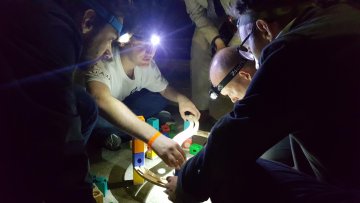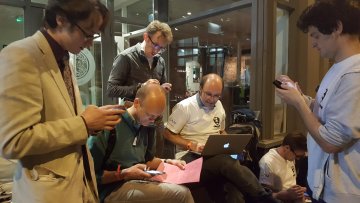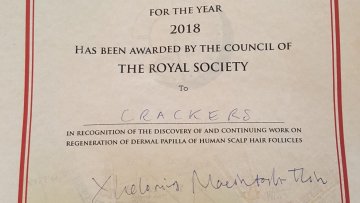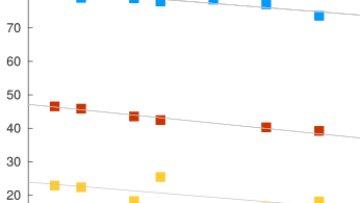1600-1645 - Philip Maini
1645-1705 - Edward Morrissey
1705-1725 - Heather Harrington
1725-1800 - Drinks and networking
The talks will be followed by a drinks reception.
Tickets can be obtained from https://www.eventbrite.co.uk/e/qbiox-colloquium-trinity-term-2018-ticke….
(As ever, tickets are not necessary, but they do help in judging catering requirements.)
PHILIP MAINI
Does mathematics have anything to do with biology? In this talk, I will review a number of interdisciplinary collaborations in which I have been involved over the years that have coupled mathematical modelling with experimental studies to try to advance our understanding of processes in biology and medicine. Examples will include somatic evolution in tumours, collective cell movement in epithelial sheets, cell invasion in neural crest, and pattern formation in slime mold. These are examples where verbal reasoning models are misleading and insufficient, while mathematical models can enhance our intuition.
EDWARD MORRISEY
Fixation and spread of somatic mutations in adult human colonic epithelium Cancer causing mutations must become permanently fixed within tissues. I will describe how, by visualizing somatic clones, we investigated the means and timing with which this occurs in the human colonic epithelium. Modelling the effects of gene mutation, stem cell dynamics and subsequent lateral expansion revealed that fixation required two sequential steps. First, one of around seven active stem cells residing within each colonic gland has to be mutated. Second, the mutated stem cell has to replace neighbours to populate the entire gland. This process takes many years because stem cell replacement is infrequent (around once every 9 months). Subsequent clonal expansion due to gland fission is also rare for neutral mutations. Pro-oncogenic mutations can subvert both stem cell replacement to accelerate fixation and clonal expansion by gland fission to achieve high mutant allele frequencies with age. The benchmarking and quantification of these behaviours allows the advantage associated with different gene specific mutations to be compared and ranked irrespective of the cellular mechanisms by which they are conferred. The age related mutational burden of advantaged mutations can be predicted on a gene-by-gene basis to identify windows of opportunity to affect fixation and limit spread.
HEATHER HARRINGTON
Comparing models with data using computational algebra In this talk I will discuss how computational algebraic geometry and topology can be useful for studying questions arising in systems biology. In particular I will focus on the problem of comparing models and data through the lens of computational algebraic geometry and statistics. I will provide concrete examples of biological signalling systems that are better understood with the developed methods.








